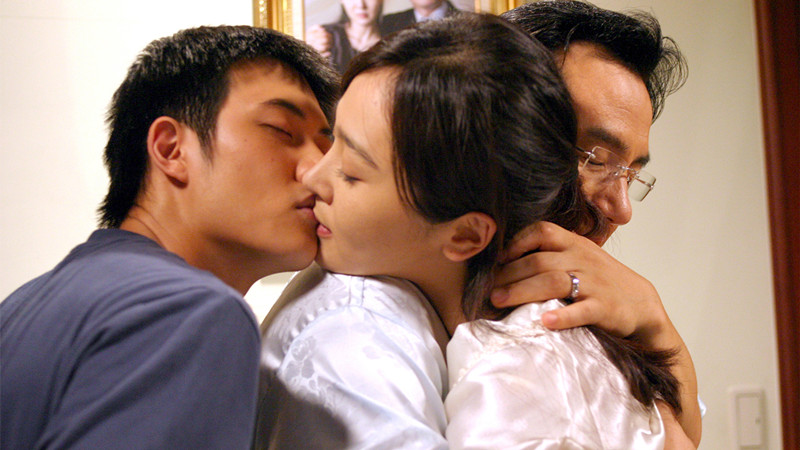
With 22 films currently in his career, and having won awards in Cannes, Berlin, Venice and many others, Kim Ki-duk is one of the most distinguishable South Korean filmmakers in the world, despite the extremity of his films, which have regularly caused him trouble.
Since his first complete work in 1995, titled “Crocodile”, he has been writing and directing one or two films per year, as he gained fame for their low-budget productions, their very short shooting time, and the lack of any kinds of restraints regarding the depiction of themes that most consider taboo.
Global acclaim came with “The Isle”, as the film became notorious when an Italian journalist fainted during the press screening in Venice. The press’s opinion of him was always ambiguous, with a large part of South Korean journalists deeming him a monster, a psychopath, and utterly useless.
Kim, however, maybe as a reaction, continued filming extreme movies, finding his apogee in “Moebius”, which was banned from screening, resulting in Kim having to cut 21 scenes in order to be able to show it in South Korea.
Since then, he toned down a bit, while his latest film, “The Net”, deals with the relationships of the two Koreas, in his own, unique style. Here are his 22 films, ranked from worst to best.
22. Stop (2015)
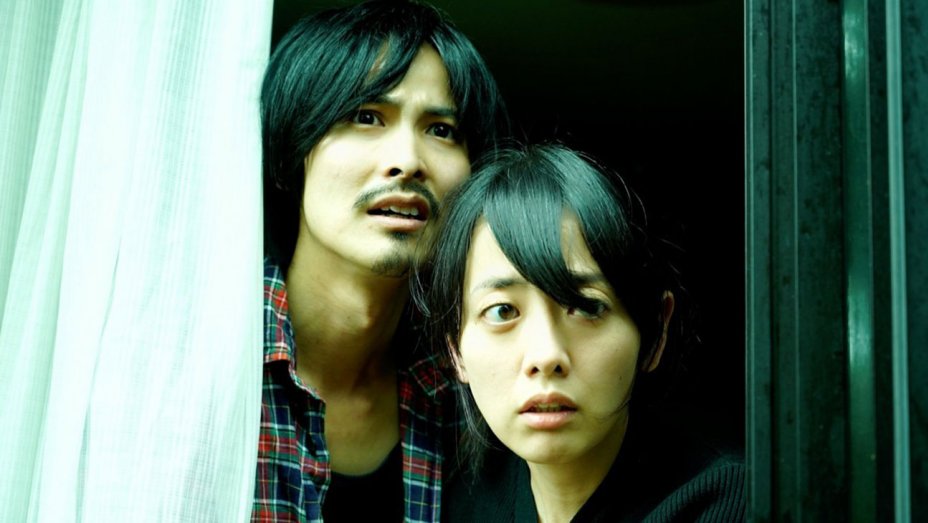
Kim tackled the issue of the Fukushima disaster with this Korean-Japanese co-production, which features Japanese actors.
During the meltdown of the reactors in Fukushima, Miki and Sabu, a young couple living in the area, are exposed to radiation before they are evacuated to Tokyo. Miki, however, was pregnant at the time and soon after their relocation, a government official visits her and suggests she should have an abortion. As they try to address their problem in radically different ways, both succumb to madness.
Kim tries, once more, to communicate his message by shocking his audience, but both the setting and the acting crew seem to have him placed outside of his comfort zone. In that fashion, he seems to pull punches a lot, and thus, his ecological message becomes indifferent. At the same time, the acting is mediocre and the script seems a bit thin.
However, the film has one highlight, and that is its ending.
21. One on One (2014)
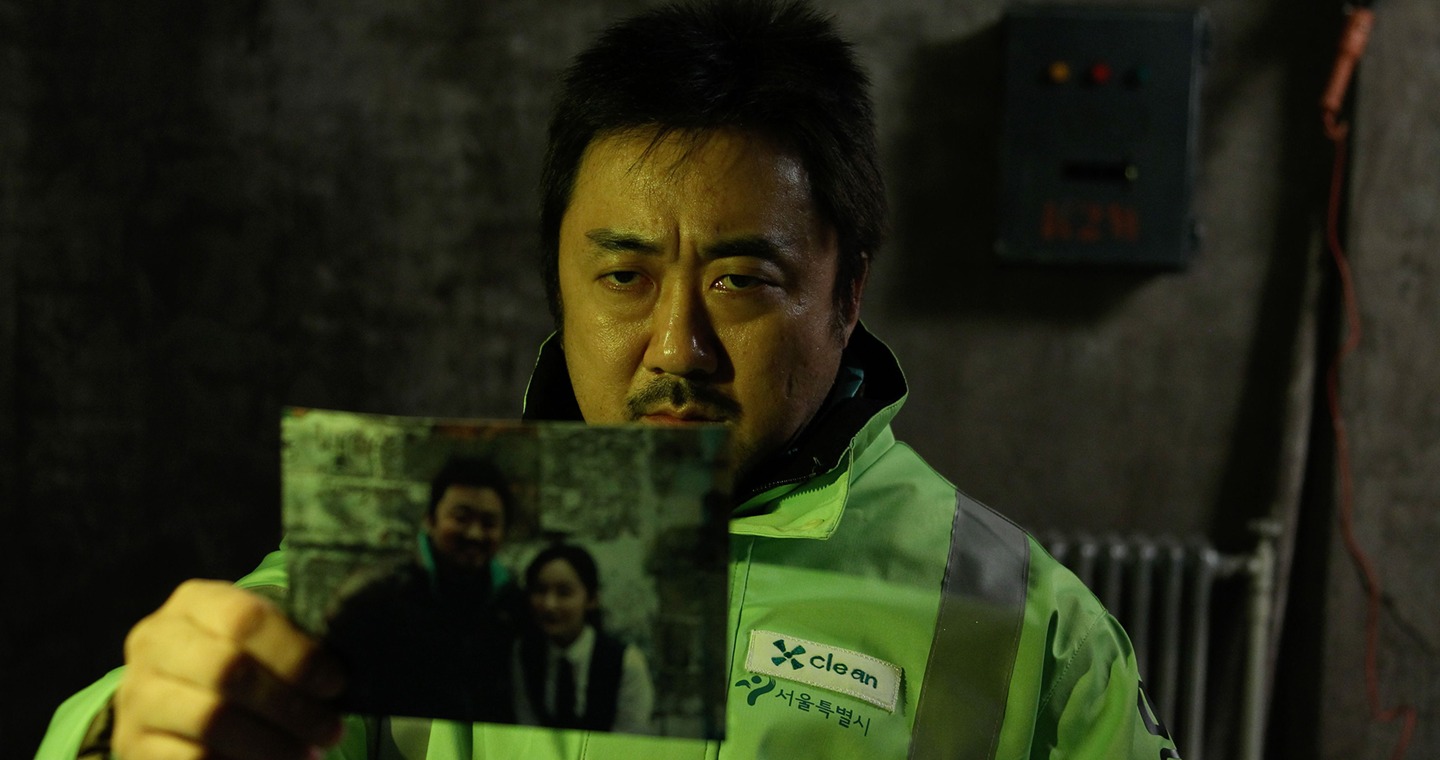
On May 9, a high school girl named Oh Min-ju is brutally murdered. Afterwards, seven members of a terrorist group called “Shadow” hunt down the seven suspects of the murder.
The film has many similarities with Kim’s older films, like the use of the handheld camera, the extreme violence, and the low-budget production values. However, in contrast to most of his films, “One on One” features lots of dialogue, in a tendency that eventually faulted the movie, along with the rather strange narrative.
On the other hand, Kim manages to present a social comment about the concept of violence and particularly its justification towards cold-hearted criminals.
20. Real Fiction (2000)
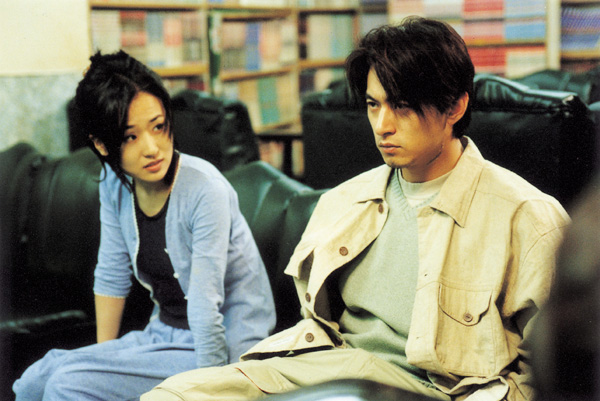
More of an experiment than an actual movie, “Real Fiction” involved Kim and his 11 associate directors shooting for 20 minutes in real time, in different locations, with ten 35mm cameras and 10 digicams. The experiment resulted in an utterly linear film that was edited down to 85 minutes.
A street artist paints portraits of people in parks; however, he is constantly bullied, both by unsatisfied customers and by thugs. Eventually, a woman who records him as he paints her portrait brings him into a theater, where an actor beats him. This act seems to unleash the rage the artist had inside him, and leads him down a path of revenge against all who have wronged him.
Kim directs a film about revenge and the level of violence a man can take before he succumbs to it. Through a series of abstract vignettes filled with violence, and his rather peculiar sense of humor, Kim presents a surrealistic movie that is very hard to follow, and, unavoidably, hard to watch.
19. Amen (2011)
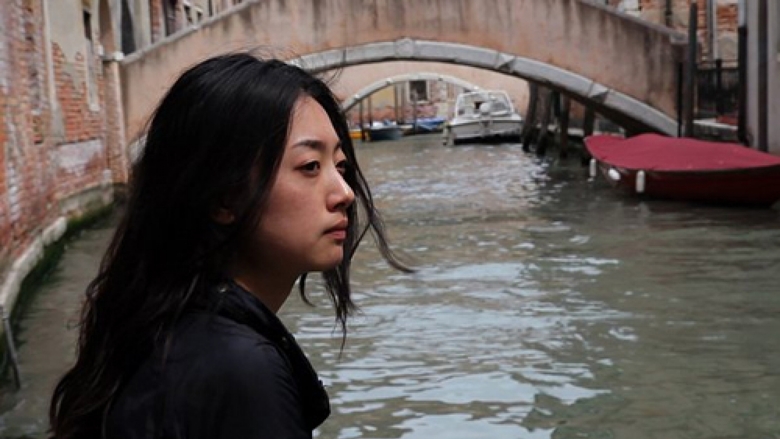
The film follows an unnamed young girl who roams Europe in search of her boyfriend, but seems to miss him at every place she arrives. During her travels, and particularly when she is asleep, a masked man visits her, initially raping her and stealing all her things, but then changing his behaviour.
Shot mostly with a handheld camera, which occasionally moves in a frantic fashion, “Amen” seems like another of Kim’s experiments, both in terms of cinematography and narrative, and it looks like an abstract fairy tale with splashes of exploitation. The exploitation scenes, however, are the ones where the technical aspect of the film seems to work the best.
Kim Ye-na is great in her silent protagonist role, with her character benefitting the most by both her performance and her physique, and particularly her face.
18. Dream (2008)
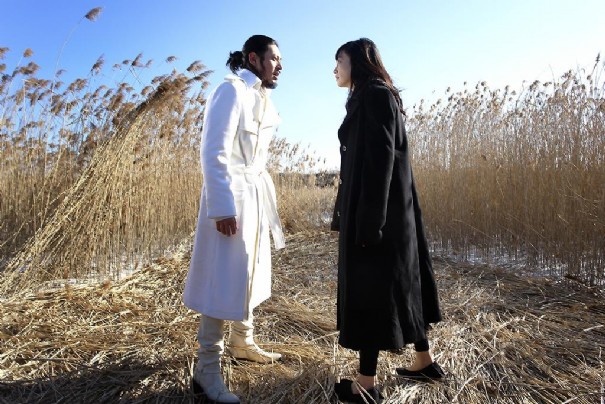
Jin wakes up from a nightmare of a traffic accident and decides to drive to the spot where the accident occurred. He finds out that his dream was real and follows the police to the suspect’s home, who turns out to be a woman named Ran.
She denies the charges, stating that she was asleep the whole time, while Jin intervenes, explaining his dream to the police and asks to be arrested instead. The police do not believe him and arrest the girl. Eventually, the two of them realize that Ran acts out what Jin sees in his sleep.
Kim directs a film that focuses on the concept of dreams and their connection to reality. In that fashion, his narrative functions like a dream, which can be rather confusing at times, as a magical realism seems to permeate the whole film.
The cinematography is once more exceptional, with Kim Gi-tae presenting an impressive combination of minimalism and lushness in colors and textures, as depicted through the differences of the houses of the two protagonists.
17. Breath (2007)
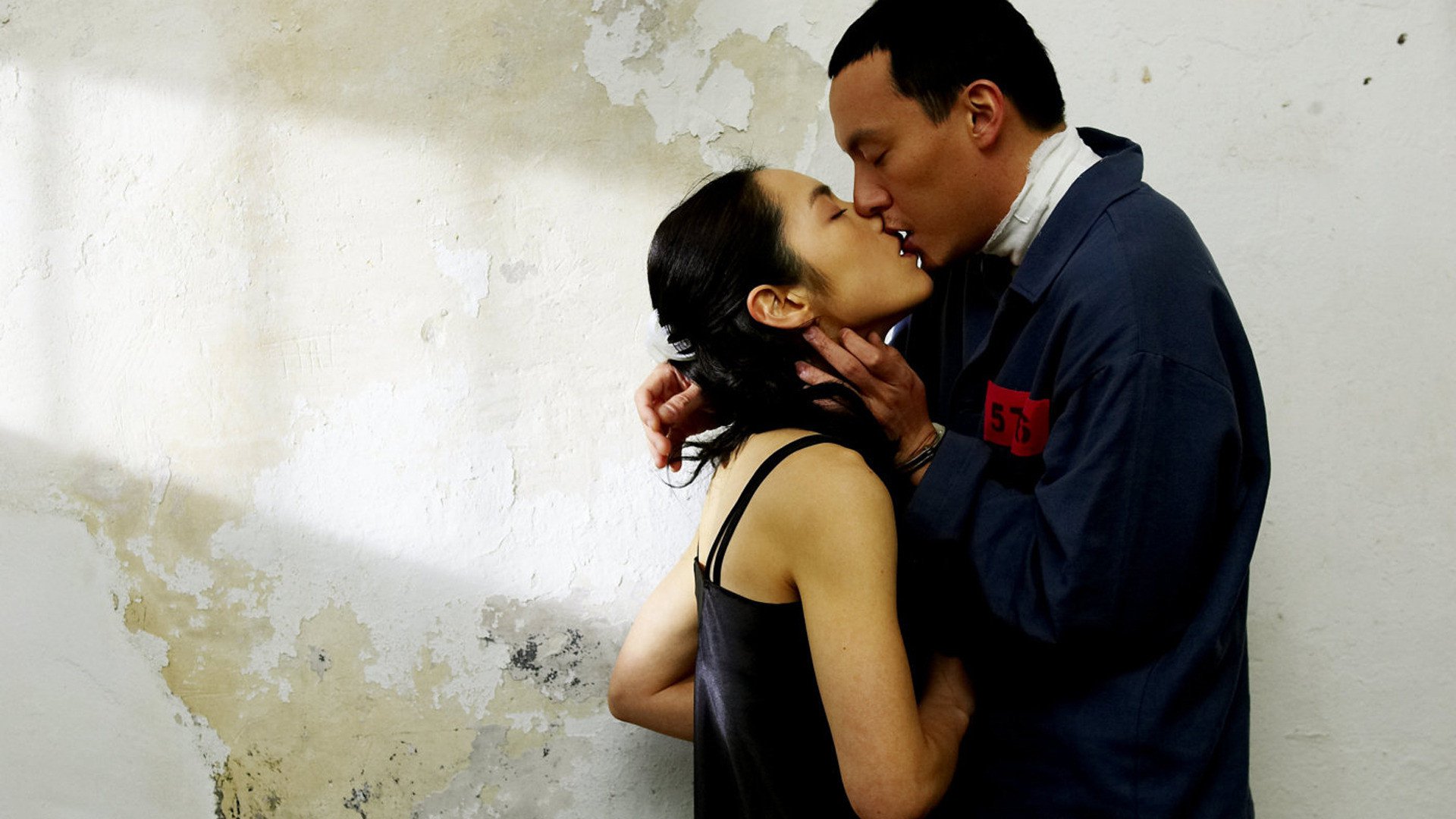
Yeon is an unhappily married woman who finds out that her husband is having an affair. On a whim, and after watching on the news the case of a man on the death row who has attempted suicide twice, she decides to visit him. Eventually, his happiness becomes her ulterior purpose, as both begin having feelings for each other.
Kim uses the differences of the lives of the protagonists to present a story about life and death, refraining from implementing any shocking elements, in one of his “easiest” films to watch. The cinematography is again impressive, in a combination of artistry and symbolism that becomes the production’s best element. The movie, however, has a number of faults, particularly deriving from the irrelevance of the convict, whose character and reasons for being in the particular situation are not examined at all.
Furthermore, Kim seems somewhat restrained, in a tactic that eventually faults the film.
16. Arirang (2011)
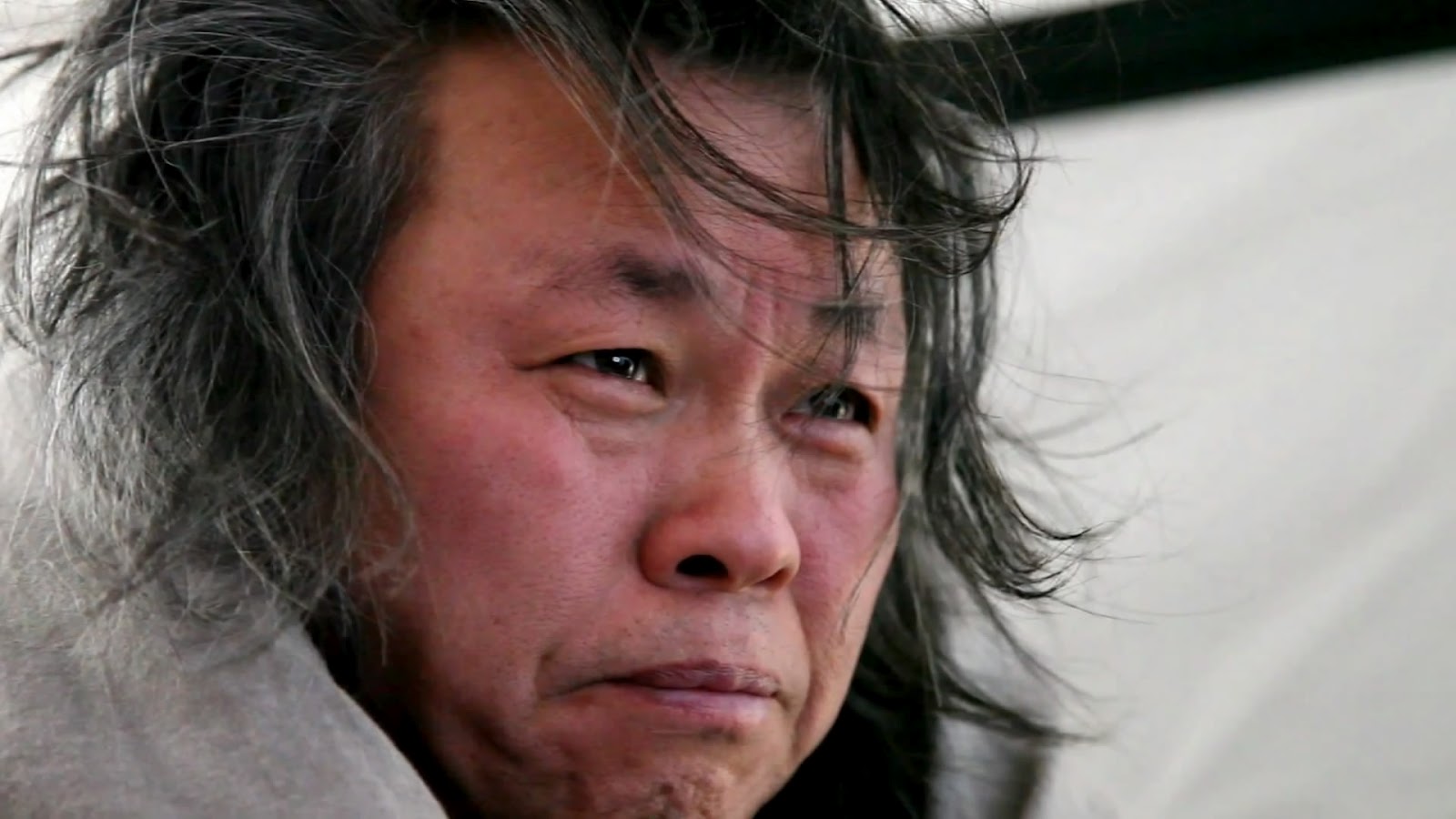
Following an incident in “Dream”, where the lead protagonist, Lee Na-young, almost died during a hanging scene, and after his long-time assistant, Jang Hoon and the producer of the film “Poongsan”, abandoned him during the film’s shootings the same year (2011), Kim retreated to a secluded mountain house.
Eventually he decided to shoot a documentary of shorts while there, entirely by himself, that came to be “ARIRANG – Movie”. It premiered in the Un Certain Regard section of the 2011 Cannes Film Festival, and won the top award for best film.
Shot in a guerilla and very experimental fashion, the documentary is a travel through his equally guerilla life in a house so cold that he has to sleep in a tent placed in its interior, and through his psychological status at the time. “ARIRANG – Movie” features a number of monologues with the camera zoomed in at his face, while Kim also used some editing to present two instances of himself talking to each other, and his shadow asking him questions.
During these monologues, where Kim is occasionally drunk, he explains his thoughts and feelings regarding the two incidents, which made him unable to shoot a movie for quite some time. His psychological status and the style of the film are revealed during one of these monologues: “I can’t make a film, so I am shooting myself. My life is like a documentary and a drama.” A bit later, he explains the nature of his films: “Life for me is sadism, self-torture and masochism. Torturing others, getting tortured and torturing oneself.”